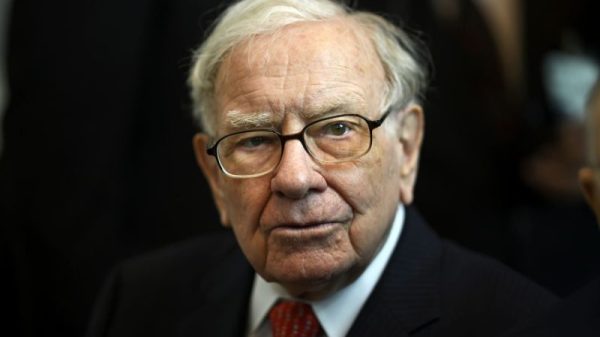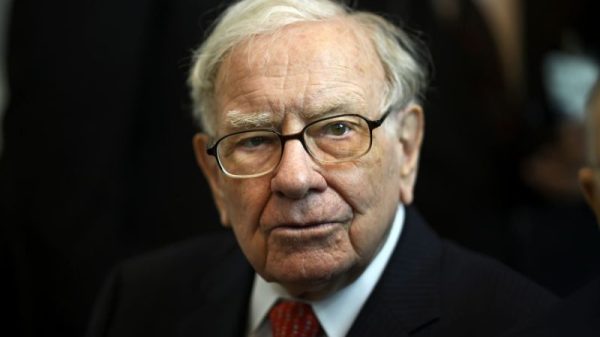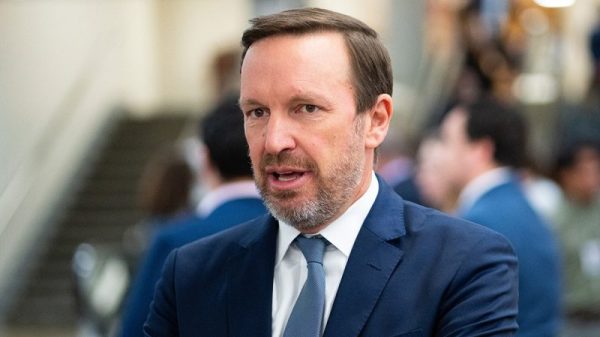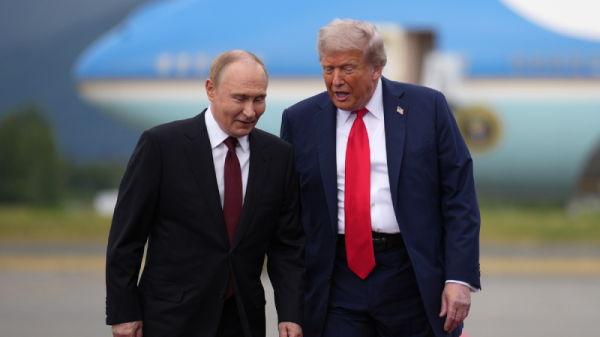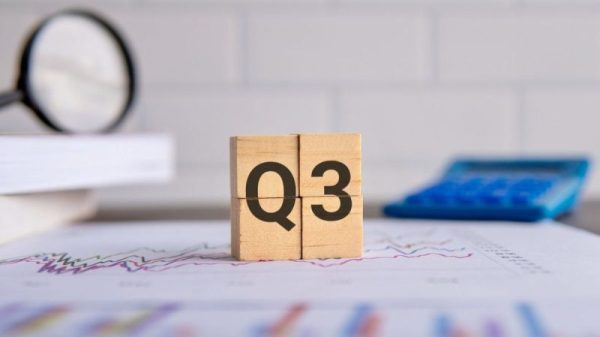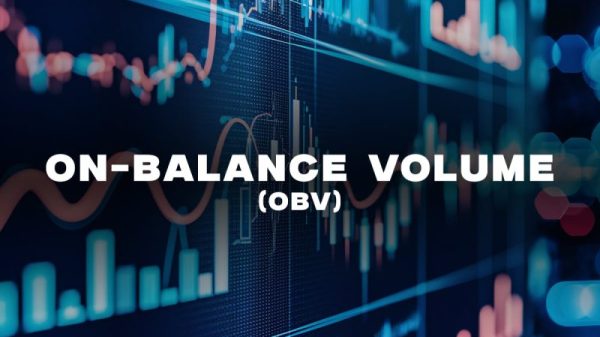The platinum price has surged over 20 percent year-to-date, propelled by a sharp rebound in Chinese demand and a tightening global supply picture that analysts say may signal a prolonged market deficit.
On May 23, platinum closed at US$1,098.40 per ounce, its highest level since May 2023, and a 22 percent increase from its year-to-date low US$892, seen on April 8. The rally, which has accelerated in recent weeks, comes amid renewed investor interest in precious metals, stark supply-side constraints and a changing global demand profile.
China has emerged as a key force behind platinum’s surge, with imports in April jumping 47 percent month-on-month to 10 metric tons, the highest in a year, according to Chinese Customs data.
“In the first quarter of this year alone, given the exceptionally high gold price, gold jewelry sales in China were down 32 percent year-on-year, and platinum jewelry sales were up 26 percent,” he emphasized.
Gold touched US$3,500 per ounce last month, pricing many Chinese buyers out of the market. Platinum, currently trading at a significant discount, is increasingly being seen as an attractive alternative, both for investment and jewelry.
“China’s a market that can pivot really quickly,” Sterck added, noting that platinum bars, coins and jewelry are now being marketed aggressively across social media platforms like TikTok.
This renewed Chinese interest aligns with broader structural issues in the platinum-group metals (PGMs) market, as detailed in a recent report by research firm Metals Focus. It notes that all five PGMs — platinum, palladium, rhodium, iridium and ruthenium — ended last year in physical deficit. Platinum alone saw a second consecutive year of shortfall, with Metals Focus placing total global production at 5.77 million ounces, still well below the 2010 to 2021 annual average.
Behind the deficit lies a mix of supply disruptions, weak mine productivity and building demand.
Sterck underscored the severity of the shortfall seen in Q1, saying it was the largest in six years. It was driven by flooding in South Africa, smelter outages in Zimbabwe and operational restructuring in North America.
Even though South African output rose above 4 million ounces for the first time since 2021, much of that gain was attributed to the release of built-up work-in-process inventories rather than fresh production.
The constrained supply has had ripple effects across investment channels. Platinum secondary supply — which primarily comes from recycled jewelry and autocatalysts — rose just 1 percent last year.
In Asia, jewelry recycling volumes fell, and while autocatalyst recycling improved 9 percent due to higher scrappage rates and incentives in China, it remained insufficient to close the gap.
When it comes to demand, the auto sector, traditionally the largest consumer of PGMs, saw overall fabrication demand fall 4 percent to 12.14 million ounces in 2024. This decline marked the first drop since the COVID-19 pandemic, and was largely due to a 2 percent decrease in catalyzed vehicle production amid the rise of battery electric vehicles.
Industrial demand, on the other hand, was under pressure, falling 2 percent year-on-year. The biggest hit came from a 27 percent drop in chemical applications, particularly in China’s paraxylene sector, a key component in plastic production.
Against this backdrop, speculative positions in platinum have also helped drive recent price movements.
Sterck explained that in the first quarter of 2025, a confluence of market expectations and policy shifts — particularly related to US import tariffs — created arbitrage opportunities for traders.
“There was a lot of uncertainty as to whether tariffs would apply to platinum and other PGMs,” he explained, adding that the flow of metal into the US caused strong contangos in NYMEX futures markets, boosting Q1 investment figures.
Although aboveground stocks of platinum remain elevated, they are being gradually drawn down, and continued mine cutbacks could eventually tip the market further into deficit territory.
Sterck tempered this outlook with caution: “It feels like, as that range is pinching out, we’re definitely getting to a point where it seems highly likely the price will begin to reflect the underlying deficits. So we’ll have to wait and see.”
Metals Focus projects an average platinum price of US$970 for 2025 — a modest increase from last year’s average — but notes that volatility could return if investor sentiment sharpens or supply disruptions worsen.
Securities Disclosure: I, Giann Liguid, hold no direct investment interest in any company mentioned in this article.






